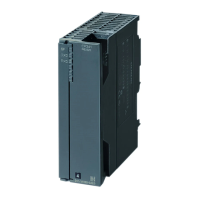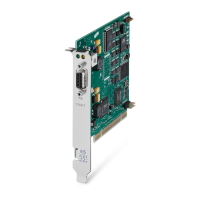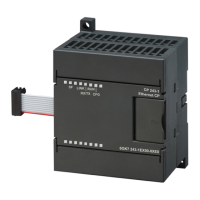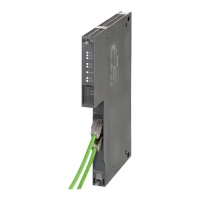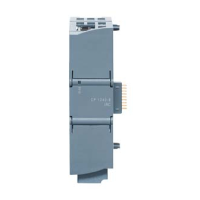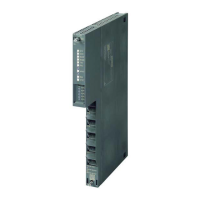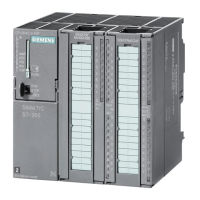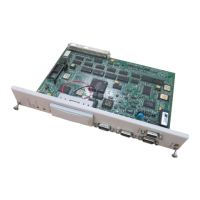Basic Principles of Serial Data Transmission
2.3 Transmission integrity
PtP coupling and configuration of CP 340
Manual, 04/2011, A5E00369892-03
31
Transmission Integrity with the ASCII Driver
Data Integrity When Using the ASCII Driver:
● When data is transmitted via the ASCII driver, there are no data integrity precautions
other than the use of a parity bit (can also be canceled, depending on how the character
frame is set). This means that, although this type of data transport has a very efficient
throughput rate, security is not guaranteed.
● Using the parity bit ensures that the inversion of a bit in a character to be transmitted can
be recognized. If two or more bits of a character are inverted, this error can no longer be
detected.
● To increase transmission integrity, a checksum and length specification for a message
frame can be employed. These measures must be implemented by the user.
● A further increase in data integrity can be achieved by means of acknowledgment
message frames in response to send or receive message frames. This is also the case
with high-level protocols for data communication (see ISO 7-layer reference model).
Transmission Integrity with 3964(R)
Enhanced Data Integrity with the 3964(R) Procedure:
● The Hamming distance with the 3964(R) is 3. This measures the integrity of data
transmission.
● The 3964(R) procedure ensures high transmission integrity on the data line. This high
integrity is achieved by means of a fixed message-frame set-up and clear-down as well
as the use of a block check character (BCC).
Two different procedures for data transmission can be used, either with or without a block
check character:
● data transmission without a block check character: 3964
● data transmission with a block check character: 3964R
In this manual, the designation 3964(R) is used when descriptions and notes refer to both
data transmission procedures.
Performance Limits with 3964(R)
● Further processing of the send/receive data by the PLC program in the communication
partner is not guaranteed. You can only ensure this by using a programmable
acknowledgment mechanism.
● The block check of the 3964R procedure (EXOR operation) cannot detect missing zeros
(as a whole character) because a zero in the EXOR operation does not affect the result of
the calculation.
Although the loss of an entire character (this character has to be a zero!) is highly unlikely, it
could possibly occur under very bad transmission conditions.
You can protect a transmission against such errors by sending the length of the data
message along with the data itself, and having the length checked at the other end.
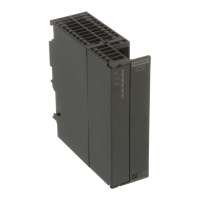
